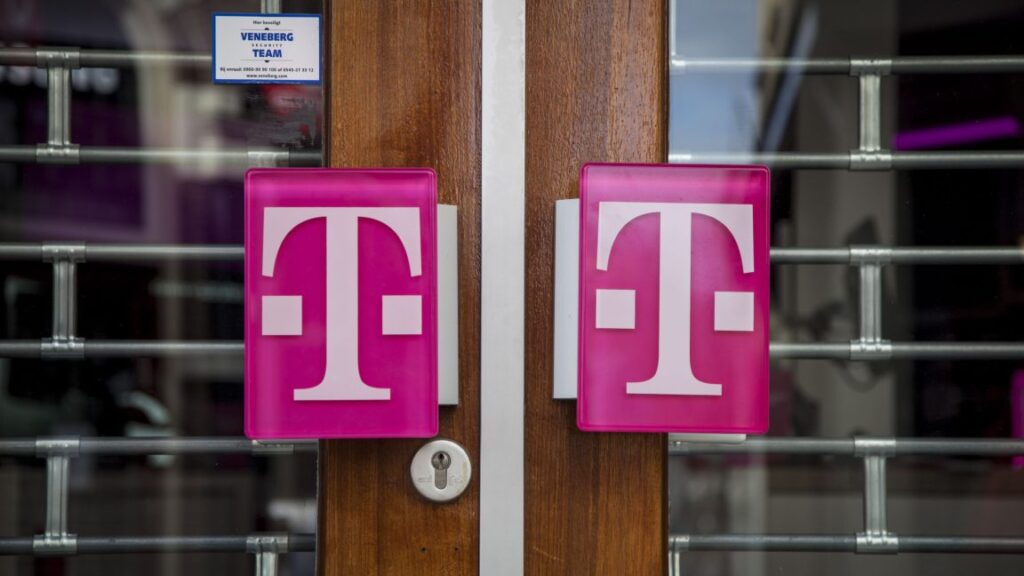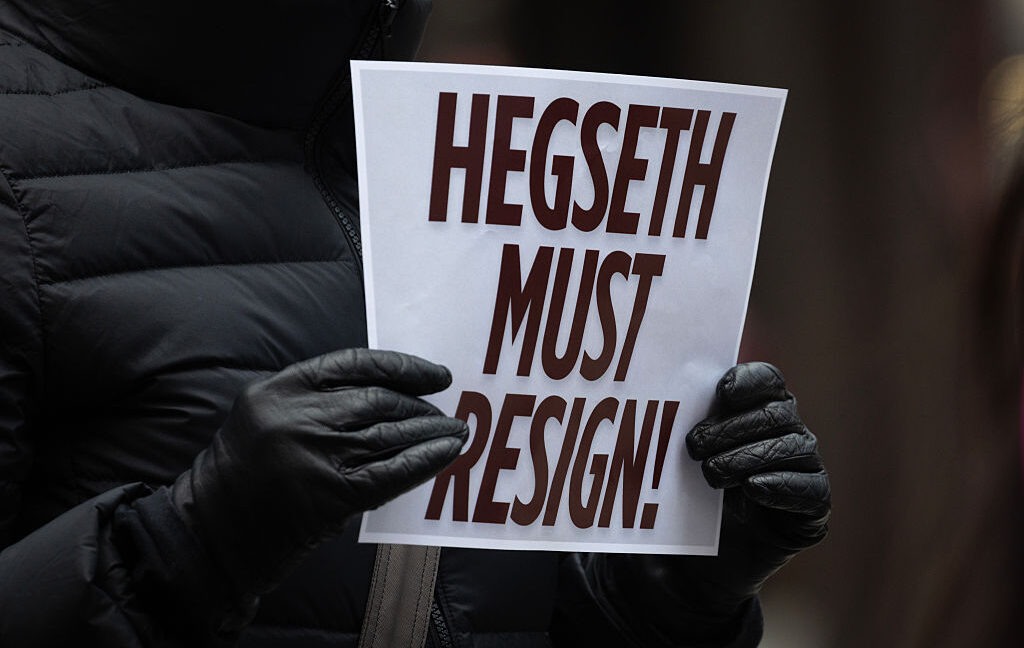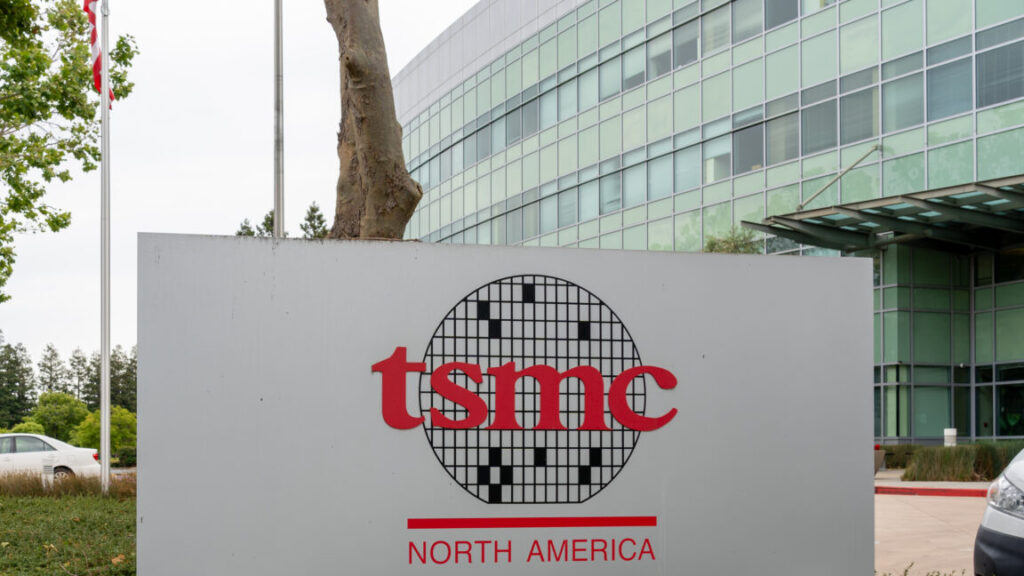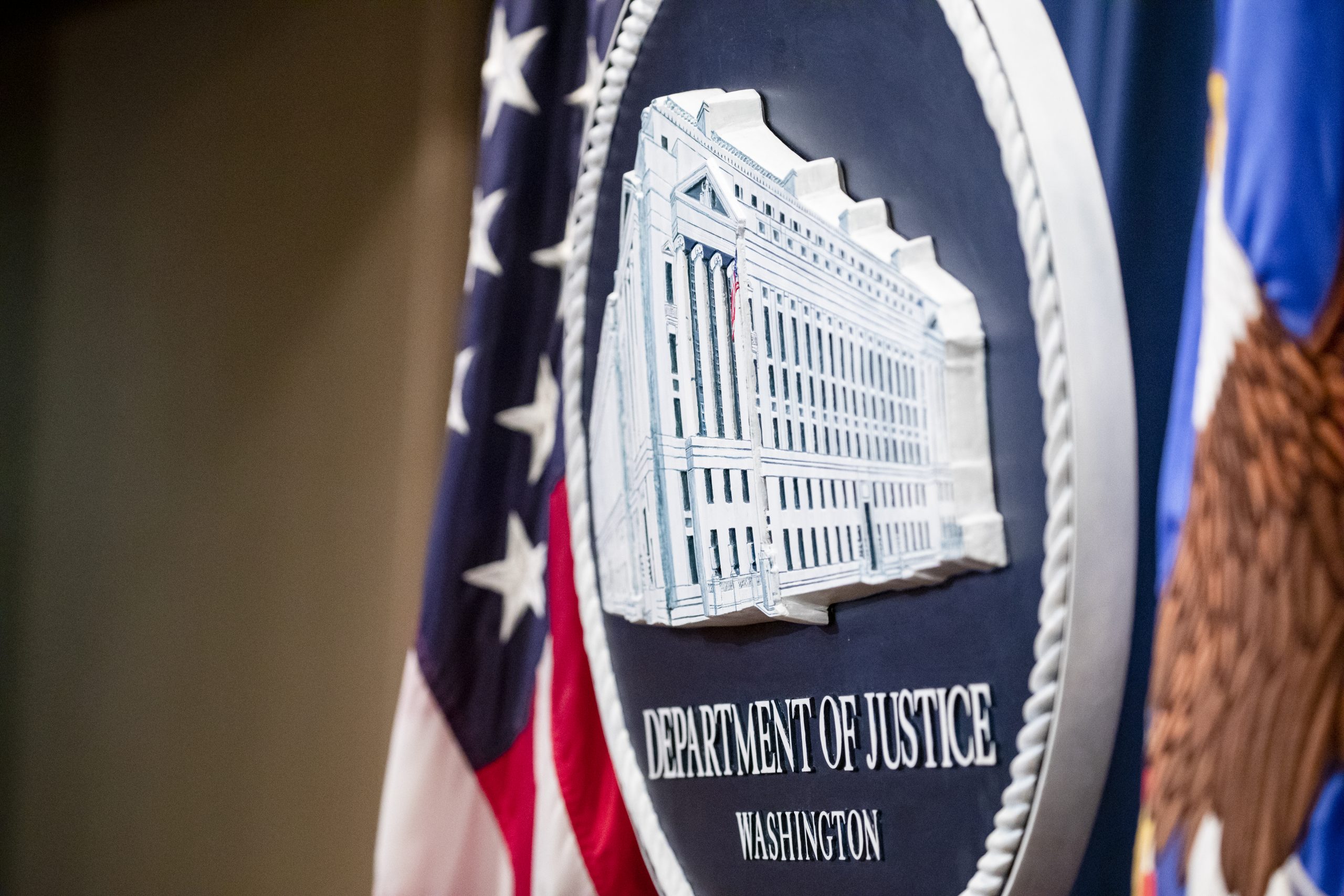Trump orders Ed Dept to make AI a national priority while plotting agency’s death
Trump pushes for industry involvement
It seems clear that Trump’s executive order was a reaction to China’s announcement about AI education reforms last week, as Reuters reported. Elsewhere, Singapore and Estonia have laid out their AI education initiatives, Forbes reported, indicating that AI education is increasingly considered critical to any nation’s success.
Trump’s vision for the US requires training teachers and students about what AI is and what it can do. He offers no new appropriations to fund the initiative; instead, he directs a new AI Education Task Force to find existing funding to cover both research into how to implement AI in education and the resources needed to deliver on the executive order’s promises.
Although AI advocates applauded Trump’s initiative, the executive order’s vagueness makes it uncertain how AI education tools will be assessed as Trump pushes for AI to be integrated into “all subject areas.” Possibly using AI in certain educational contexts could disrupt learning by confabulating misinformation, a concern that the Biden administration had in its more cautious approach to AI education initiatives.
Trump also seems to push for much more private sector involvement than Biden did.
The order recommended that education institutions collaborate with industry partners and other organizations to “collaboratively develop online resources focused on teaching K–12 students foundational AI literacy and critical thinking skills.” These partnerships will be announced on a “rolling basis,” the order said. It also pushed students and teachers to partner with industry for the Presidential AI Challenge to foster collaboration.
For Trump’s AI education plan to work, he will seemingly need the DOE to stay intact. However, so far, Trump has not acknowledged this tension. In March, he ordered the DOE to dissolve, with power returned to states to ensure “the effective and uninterrupted delivery of services, programs, and benefits on which Americans rely.”
Were that to happen, at least 27 states and Puerto Rico—which EdWeek reported have already laid out their own AI education guidelines—might push back, using their power to control federal education funding to pursue their own AI education priorities and potentially messing with Trump’s plan.
Trump orders Ed Dept to make AI a national priority while plotting agency’s death Read More »

















